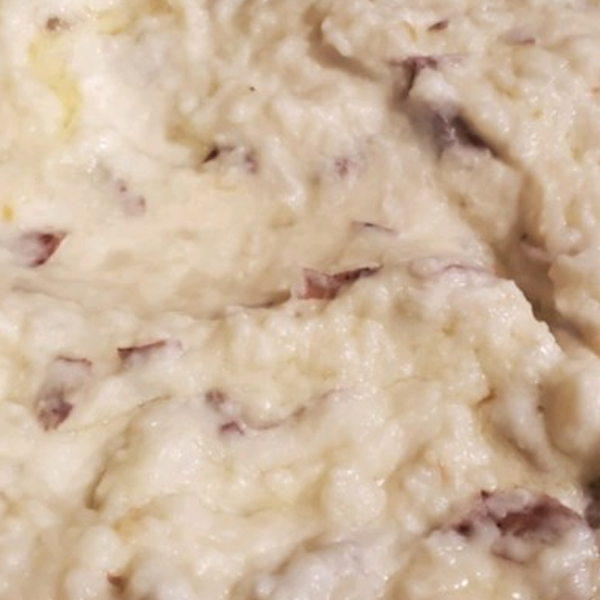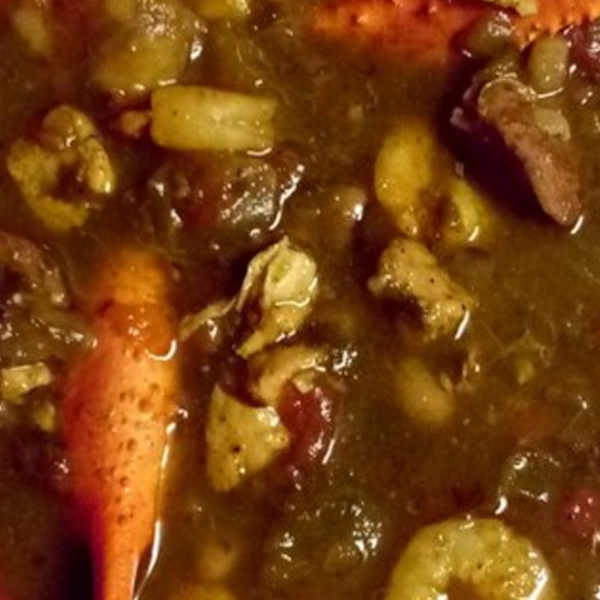
With the diversity of winter squashes available, it would be a shame not to incorporate them into lots of meals during peak season. In this book I employ a number of techniques for cooking winter squash—from roasting to pureeing—so I want to offer a few tips for preparing it. First, thoroughly wash and dry your squash before cooking. Next, use a sharp knife instead of a peeler to peel winter squash. Finally, save winter squash seeds instead of discarding them. They can be tossed in a little fat and seasonings and then oven-roasted to be eaten as a snack or used as a garnish.
Sometimes doing less is more. Kabocha squash—or Japanese pumpkin as it is often called—has a sweet, earthy flavor and a lower water content than many other winter squashes, making it ideal for simple preparation like oven-roasting. In this recipe, I roast and then mash the squash along with coconut palm sugar, cinnamon, and oat milk for creaminess. While I mostly make this as a side dish, we sometimes have it for breakfast.
Ingredients
1 (1½-pound) kabocha squash, quartered
1½ tablespoons coconut oil
2 teaspoons coconut palm sugar
¼ teaspoon ground cinnamon
1 cup unsweetened oat milk, warmed
Flaky sea salt
Directions
Preheat the oven to 375°F.
Remove the seeds and strings from the squash, reserving the seeds for another use (see below). Arrange the squash on a rimmed baking sheet, cut-side up. Add enough water to reach ¼ inch up the sides of the baking sheet. Cover with aluminum foil and bake until the squash is tender when pierced with a fork, about 35 minutes. Remove from the oven.
Using a spoon, scrape the flesh of the squash from the skin and transfer it to a medium bowl. Compost the skin. With a fork, mash the squash. Add the coconut oil, sugar, and cinnamon. While stirring with the fork, slowly pour in the oat milk and stir until the mixture is smooth. Sprinkle with flaky salt and serve



